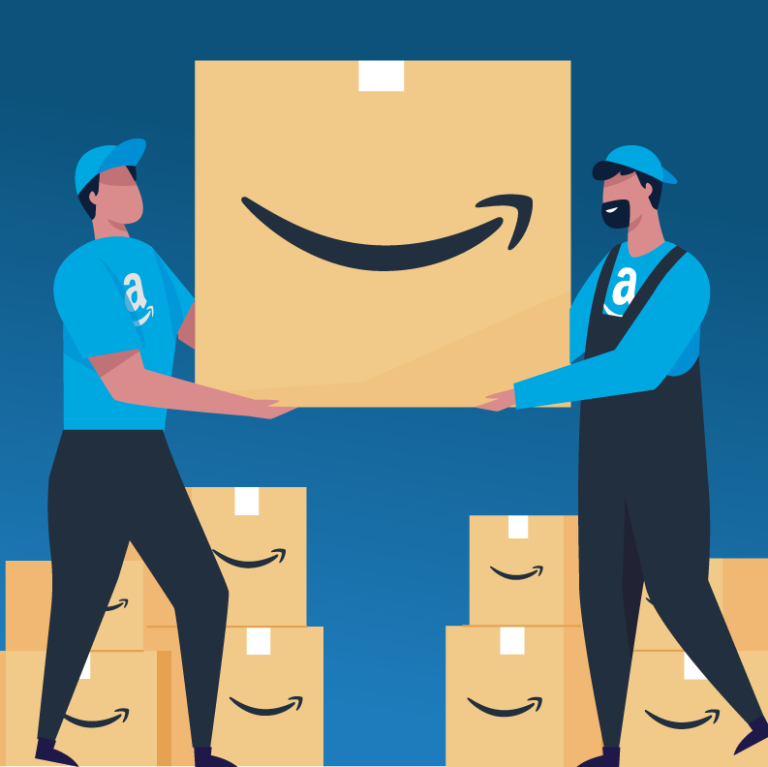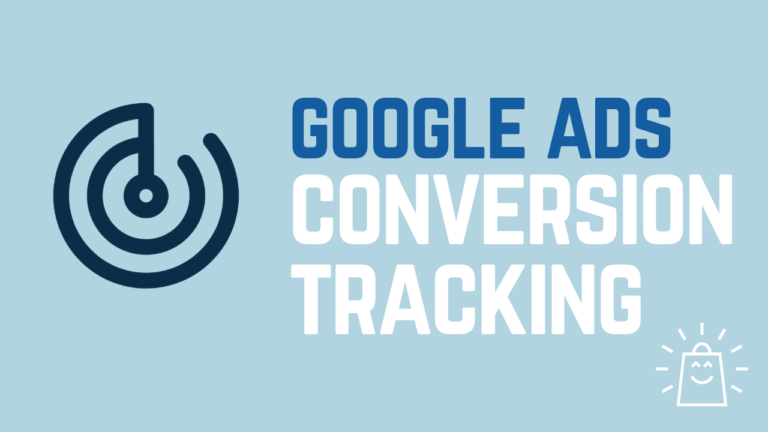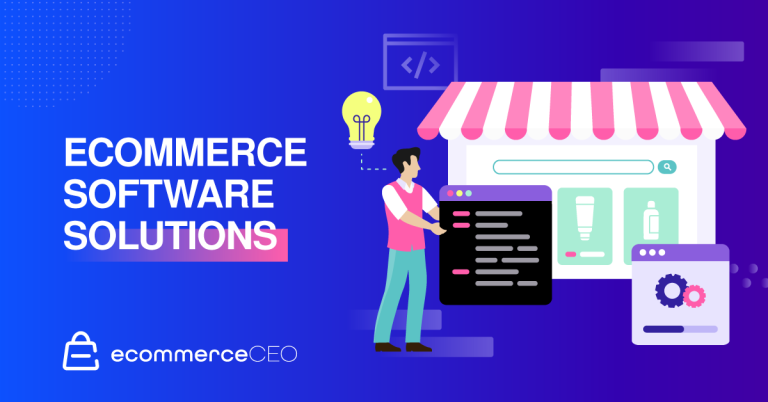Already the most significant eCommerce niche, the online apparel industry is growing at an incredible rate. This growth means online clothing stores need to constantly evolve in terms of trend shifts, technology and market changes, and emerging markets.
The online fashion industry is expected to reach $759+ million this year and is growing 7.18% per year. This means it will surpass one trillion dollars by 2025.
There is no doubt that there is a lot of growth potential in this niche. However, one of the biggest eCommerce challenges fashion brands will face this year is an enormous increase in the competitive landscape with more and more small retailers, omnistores, designers, and eCommerce entrepreneurs moving online.
So, how do you balance the huge potential of the online apparel industry with growing competition? By staying on top of trends, predictions, and critical market data, and then adapting to these changes to increase reach and boost online clothing sales.
In this 2021 eCommerce Fashion Report, we will highlight the following while focusing on top online clothing store examples and strategies.
- Top Online Apparel Industry Trends and Stats 2021
- Four Challenges for eCommerce Apparel and How to Overcome Them
Let’s jump straight in!
Part 1: Online Apparel Industry Trends and Stats 2021
Hyper-Personalization Drives Fashion Store Shopping Experience [2021 Trend]
We are not talking about the run-of-the-mill eCommerce personalization that most established brands are already using, such as personalized product recommendations and/or emails.
Hyper-personalization is the next step in eCommerce evolution. More specifically, it hones in on each and every store user’s preferences and behavior to offer the right value at the right time, right through their shopping experience.
The power of personalization can be backed up by some convincing case study stats collected by Forbes.
- Smart Insights reports that 63% of shoppers will stop buying from brands that aren’t using good personalization tactics.
- Instapage’s case study found that 74% of shoppers are frustrated by impersonal website content.
- Accenture’s report revealed that as many as 91% of consumers are likely to shop with stores that offer personalized recommendations and promotions that are highly relevant to them.
- Segment reports that 71% of customers are frustrated by impersonal shopping experiences.
By harnessing the power of AI and machine learning, leading eCommerce brands are already capitalizing on hyper-personalization. Take the billion-dollar online fashion brand Stitch Fix, for example. They use their own unique and powerful machine learning technology to analyze every potential shopper’s previous behavior and buying trends, and personalize each shopping session for each customer.
[embedded content]
Making huge investments into developing your own machine learning is out of reach for many brands. However, that doesn’t mean you can’t capitalize on hyper-personalization for your online clothing brand.
Here are some leading eCommerce hyper-personalization tool suggestions to get you started:
- Granify
- LimeSpot
- OptiMonk
- Barilliance
- Octane AI
- Nosto
Pro Tip: Hyper-personalization isn’t reserved for onsite marketing; you can also harness this power to create personalized PPC campaigns. To automate the process, you will want to invest in Traffic Booster, where marketing experts create personalized ad campaigns which are automatically optimized by our algorithm. Traffic Booster’s AI is designed to drive the most relevant customers to the most pertinent product page within your site at the lowest cost possible.
Using the right tools will enable you to collect and track big data, which in turn will allow you to personalize your shopping experience, tap into customer behavior and shifting trends, and ensure you reach the right people with the right content and product exactly when they need it.
Online Apparel Industry Is Projected to Reach $1 Trillion by 2025 [eCommerce Fashion Growth]
As we mentioned above, the fashion industry is growing at 7.18% per year. At its current trajectory, it is expected to surpass $1 trillion in just four years. When you consider that online fashion sales penetration is projected to increase from 46.6% to 60.32% by 2024, eCommerce stores have an excellent opportunity to capitalize on growing revenue potential.
Let’s look more closely at the numbers:
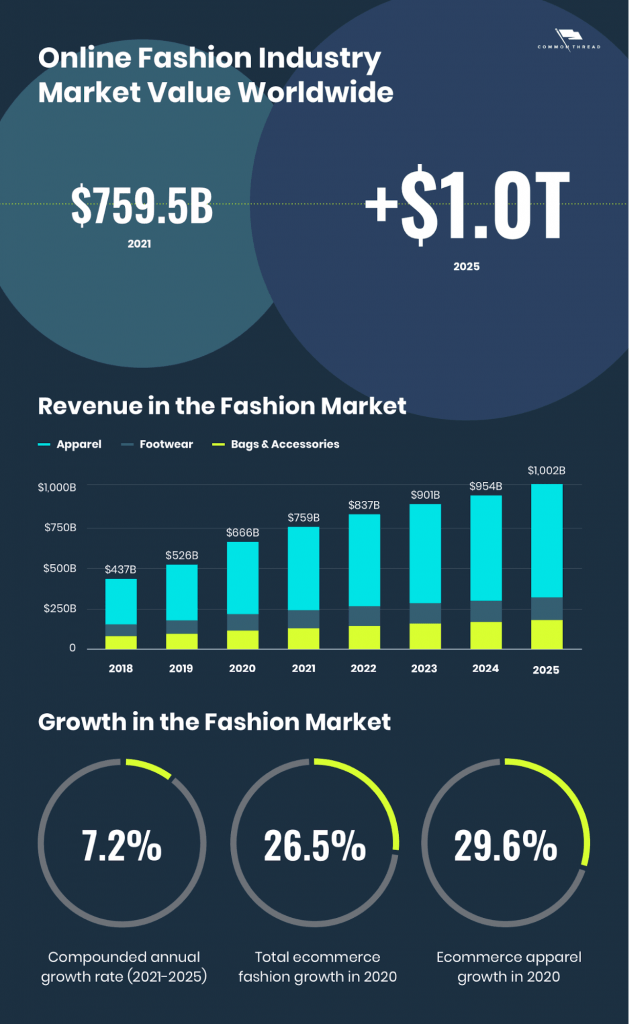
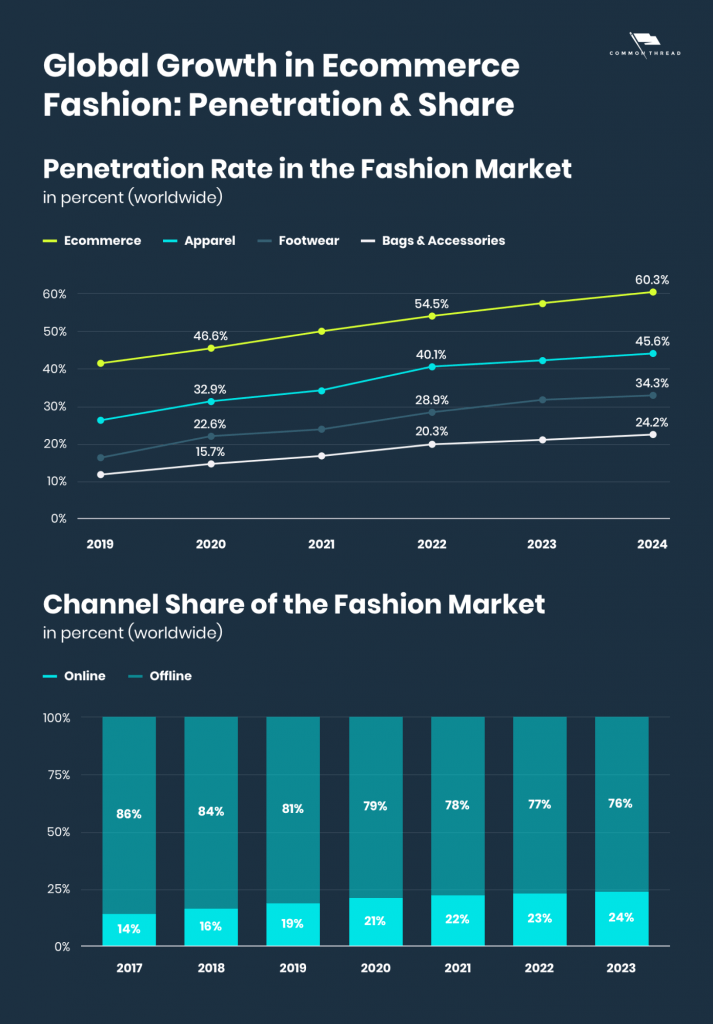
Beginner Tip: Industry growth like this means that there is still plenty of room for new online fashion store brands to break into the market. The trick is differentiating yourself from the competition in a highly saturated market. You can read exactly how to do that in this post: Start a Successful Online Clothing Business in 7 Steps.
The Transition to “Buy-Now-Pay-Later” in Luxury Online Apparel
From Pretty Little Thing to Free People, more and more eCommerce clothing stores are adding buy-now-pay-later (BNPL) options to their stores. There has also been a massive increase in luxury brands in the last year, with top fashion brands such as Finettchi and Gucci offering delayed payment options to consumers.
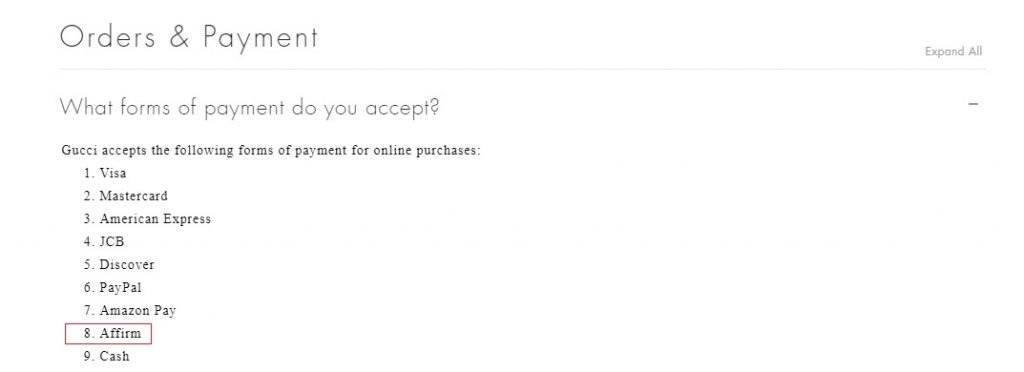
BNPL is expected to see a compound annual growth rate (CAGR) of 13.23%, reaching a whopping $680 billion of transaction volume worldwide by 2025, with more customers preferring this option to using credit cards for making luxury goods more affordable.
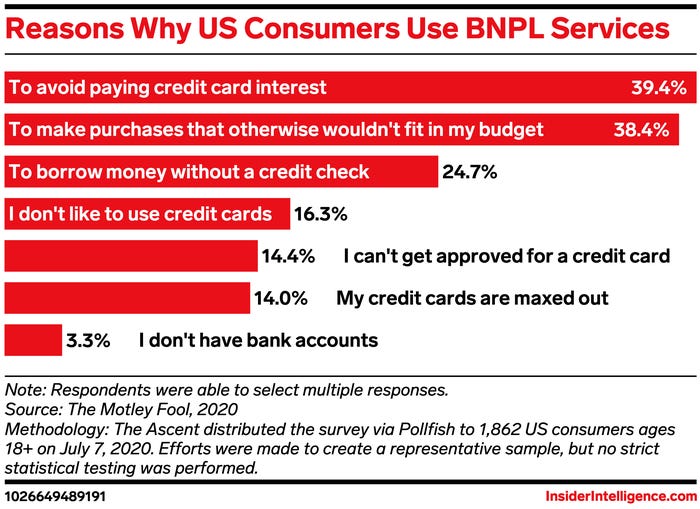
With the growth of BNPL trends comes the growth of service providers. eCommerce brands can use direct providers like Afterpay or facilitators like Stripe or Shopify to offer BNPL options.
Some leading BNPL point of sale lending services include:
- Afterpay
- Affirm
- Chase
- Klarna
- Openpay
- Quadpay
- Sezzle
- Zip
Athleisure Market Share Booms as It Expands to Luxury Niches [2021 Trend]
From sweatpants to mock tops, athleisure is booming with no signs of slowing down. Yes, this is not news to anyone selling in the apparel industry. However, the expansion of athleisure into expensive name brands and various luxury apparel sub-niches such as sneakers is new, and offers the most considerable growth potential for the coming years.
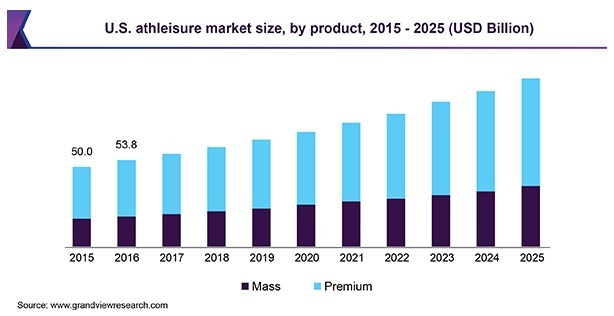
We already know that brands like Lululemon and Uniqlo have dominated this niche for some time, and they’re both considered luxury brands.
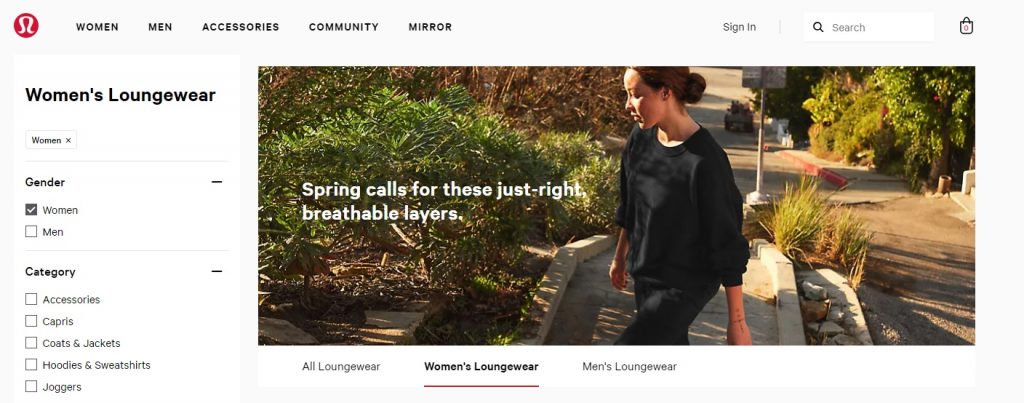
But there is plenty of room to carve a name for yourself in this niche. Take a look at Outdoor Voices’ new “Move like Athena” campaign highlighting their new multi-purpose athleisure dress.
The key to selling in this evolving – and highly sought-after – niche is positioning your products around versatility and everyday comfort and expanding into luxury niches such as workwear and footwear.
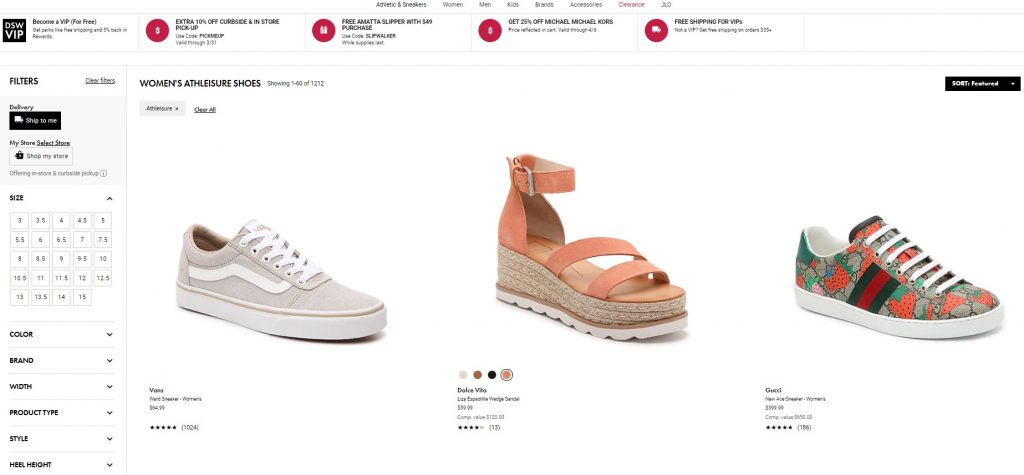
[Source: DSW]
Let’s look at some other critical athleisure trends and stats:
- The activewear market accounted for 40% of all online sales in 2020.
- The NPD Group report forecasted that US footwear sales would increase through the year, with the sport leisure category projected to surpass fashion as the largest footwear category.
- Business Wire predicts that the global athleisure market will grow at a CAGR of 5.58% during 2021-2026, with the adoption of the luxury lifestyle among consumers influencing the purchasing power – and driving luxury wares – among millennials.
- According to Linchpin, roughly 65% of athleisure products are purchased for and worn by tweens, teens, and young adults, with one of the most common athleisure trends being the design, promotion, and sale of versatile, multifunctional clothing.
- Top athleisure brands averaged a 37% year-over-year growth during 2020 compared to 2019, going all-in with influencer marketing.
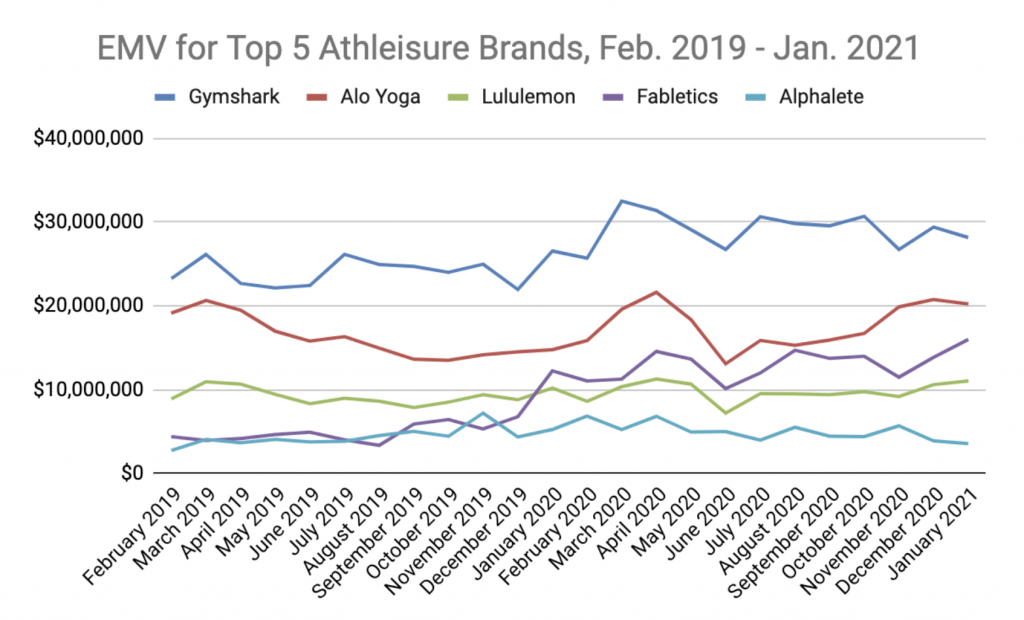
The Rise of Genderless Fashion Trends in 2021
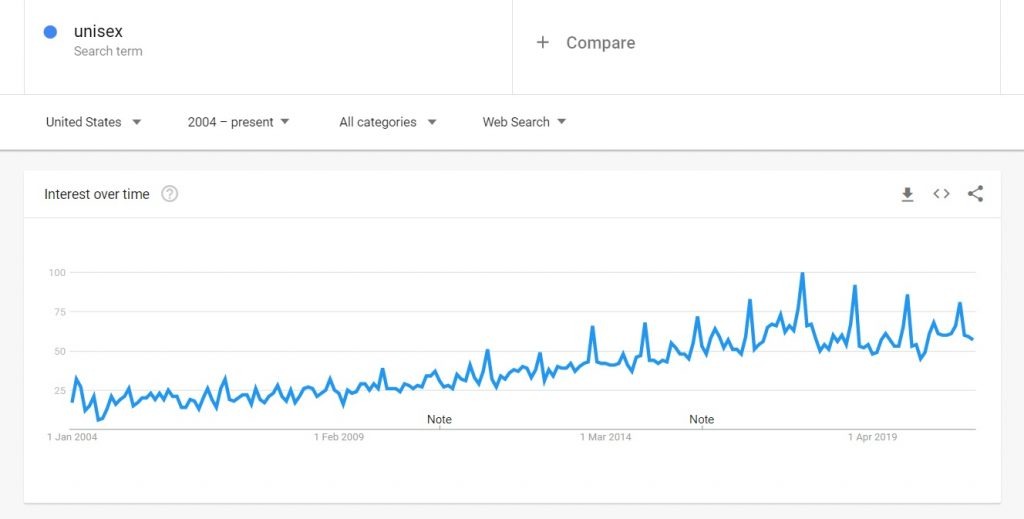
[Source: Google]
With the rise of athleisure comes the rise of unisex trends. Genderless fashion or unisex apparel is not a new trend. However, thanks to Vogue US’s viral December 2020 Harry Styles cover, gender-fluid fashion trends have gone mainstream.
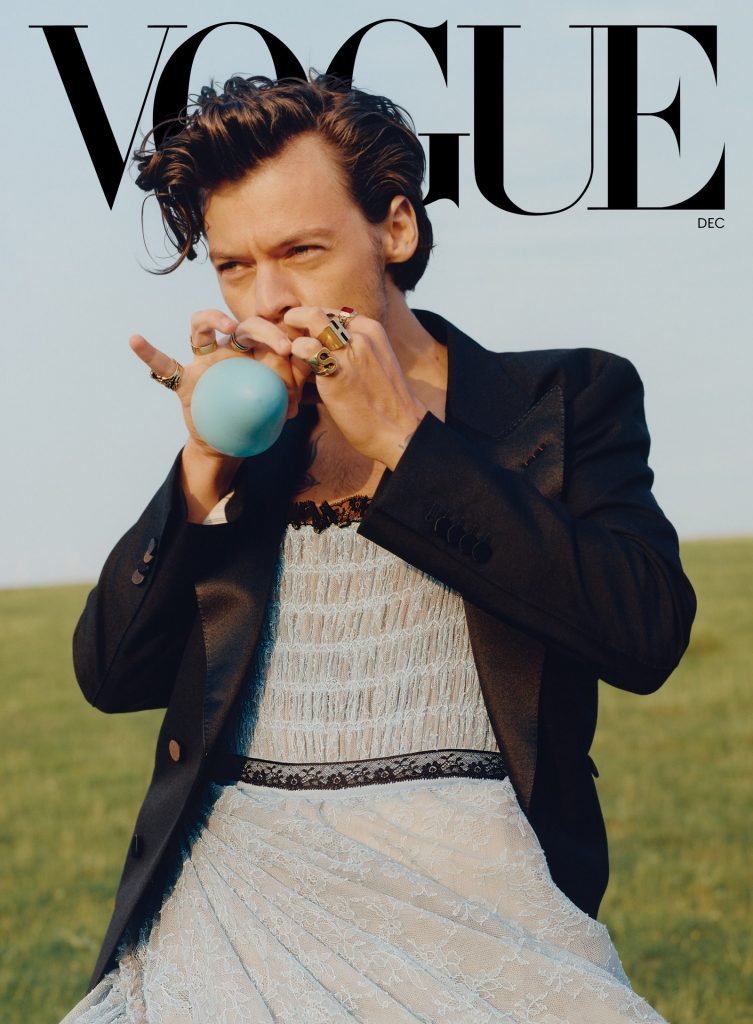
There is a reason why unisex brands such as Riley Studio are growing in popularity and why so many big fashion houses are using men to push what have been previously seen as ‘female’ products.

It has been quoted that 56% of Gen Z consumers are already shopping outside their assigned gendered categories. Many big global retailers such as H&M and fashion brands such as Gucci are launching unisex or genderless lines or highlighting gender fluidity in marketing campaigns and projects.
[embedded content]
Another apparel brand that that is no stranger to unisex fashion is Converse. Recently partnering with UK brand A-COLD-WALL*, they created a gender-neutral streetwear line focusing on minimal pallets and sharp edges which is currently sold out.
Sustainable and Ethical eCommerce Fashion Goes Mainstream
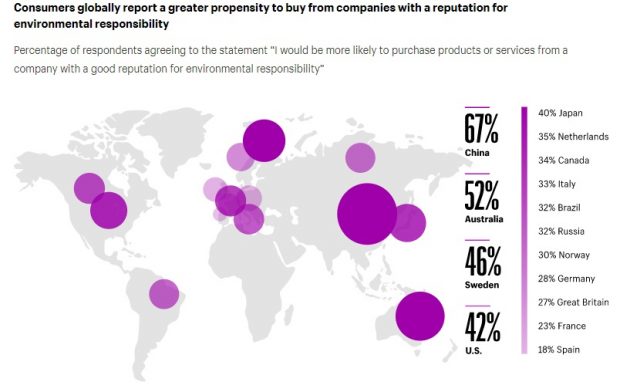
[Source: 2021 eCommerce Trends]
Another big trend influencing the online apparel industry is sustainability. No longer a niche requirement, there is a mainstream expectation from shoppers that their online clothing brands focus on sustainability and ethically-sourced materials. Let’s look at some other key stats:
- There was an average of 27,000 searches for sustainable fashion every month going into 2020.
- A Nielsen survey found that 73% of shoppers say they would definitely change their consumption habits to reduce environmental impact.
- Millennials are far more likely (75%) to change habits to be more sustainable than baby boomers.
As well as consumers expecting brands to match their own values or ethics in terms of sustainability, there has also been a rise in demand for sustainable products such as ‘vegan leather.’

According to Vogue, there are seven major sustainable fashion trends expected this year, including:
- Increased pressure from consumers for brands to be transparent about their social impact
- The search for regenerative agriculture
- Increased and scaled recycling technologies
- Brand strategies to increase the net positive impact on biodiversity
- Increased interest in the climate-positivity movement
- Increased growth in the reCommerce niche
- A move towards developing a bio-based alternative to polyester that’s 100% biodegradable
One example of a brand that has been created around sustainability and transparency is Patagonia, which promises to “Use the resources we have—our voice, our business, and our community—to do something about our climate crisis” and has partnered with Fair Trade. Another brand making big waves in this sector is Organic Basics, which focuses on eco-friendly and recycled materials and ethical production.
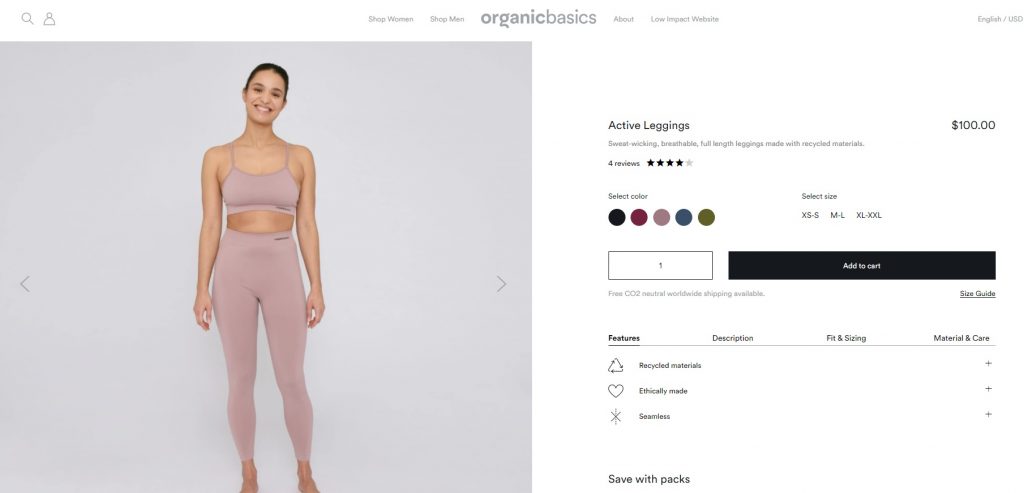
If you’re looking for ways to make your online clothing store more sustainable, here are some strategies you can implement:
- Reduce waste
- Create recycling policies
- Reduce packaging and offer eco-friendly packaging solutions
- Offer sustainable shipping
- Introduce reCommerce
Let’s Talk ReCommerce
We spoke about reCommerce in detail in our eCommerce 2021 Trends post. reCommerce is growing exponentially among people under 40, and is expected to grow to $33 billion this year. You can capitalize on this growing trend by adding a reCommerce section to your clothing store or building communities around reCommerce for your products.
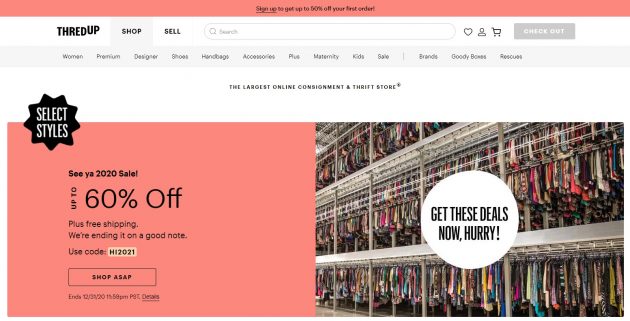
Is It Time to Say Goodbye to Seasonal Fashion? [Slow Fashion Trends]
There are two main elements that have been driving slow fashion trends in recent years:
- Sustainability initiatives: More and more consumers shop for clothing that is built to last to reduce the effects of ‘fast fashion’, and opt for fair treatment brands.
- Climate change: 86% of fashion retailers report that unpredictable or changing seasons and weather are affecting sales and influencing new lines.
However, due to the pandemic, this trend had grown substantially. In a 2020 interview, Vogue editor-in-chief Anna Wintour was quoted as saying that:
“The entire industry is rethinking what fashion stands for and what it should be. This includes focusing less on newness and speed in fashion – a concept championed by fast-fashion retailers.”
Additionally, there are significant shifts with designers being more conscious with collections, designing items for longevity. The head of womenswear buying at Browns, Heather Gramston, was quoted in a 2020 HarpersBazaar as saying the following:
“Seasons are definitely not as clearly defined as they used to be in the past, and we are continuing to see them blend together. This is partly as designers are starting to recognize the commercial benefit of offering customers the option of ‘see now, buy now’ pieces and readdressing delivery schedules. It was evident on the runways over the past two seasons, where trans-seasonal styles were at the forefront and layering has become the nouveau.”
So what does this mean for online clothing brands? This year, you may want to offer fewer collections and focus instead on well-designed garments and less waste. You may also want to forgo the traditional seasonal displays and show how your products can be mixed and matched for any weather.
Themes That Will Shape the Fashion Landscape in 2021 [Fashion Predictions]
According to McKinsey’s State of Fashion report, there are 10 key themes in the global economy, consumer shifts, and the fashion system that will influence the apparel industry and drive 2021’s trends. Let’s look at each.
- Continued disruption of the pandemic on the global economy
- Diminished demand
- Further increases in digital shoppers
- Customer-driving ethics and sustainability
- Reduced travel
- Decreases in production as there is a shift from fast to slow fashion
- Opportunistic investment
- Deeper supply chain partnerships
- Improved store-level retail ROIs
- Continued evolution to remote work
Here are each of their predictions in more detail:
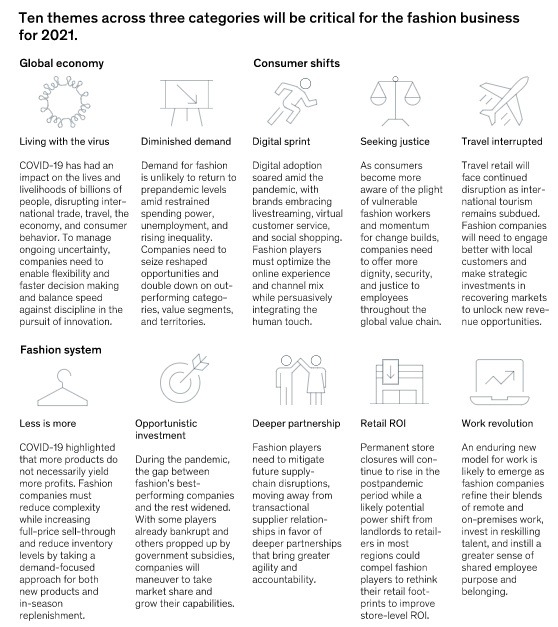
: Part 2: 4 Apparel Industry Challenges and How to Overcome Them
These new trends, shifting markets, and consumer behavior changes in the online apparel industry mean eCommerce fashion brands will face new challenges this year.
Let’s look at the four challenges facing the online apparel industry and how to overcome them.
eCommerce Fashion Challenge #1: Building Online Apparel Customer Loyalty Is More Difficult Than Ever
While the pandemic accelerated the shift from offline to online sales at an accelerated pace, it also increased the number of brands customers are shopping with.
With 35% of shoppers saying they still plan to shop online more post-pandemic and 46% declaring they are now less loyal to the brands they love, not only do you need to compete with more online retailers long-term, but customers are more likely to switch to a competitor.
When you couple this with the fashion trends we mentioned above, such as customer-driven sustainability and slow fashion shifts, building loyalty has never been so necessary or more difficult!
So what to do? Online clothing stores will want to:
- Exceed customer expectations
- Find more (personal) ways to connect with your shoppers
- Make sure your shopping experience is seamless across all channels and devices
- Keep messaging highly relevant
- Use targeted promotions and expand payment options
- Reward loyalty
- Incentivize with give-backs
The trick is finding the combination that works for your specific niche and market, and knowing when to make the change.
An excellent example of a brand that was able to change tactics to drive loyalty is Toms, which shifted from a one-for-one strategy to a giving model at the end of 2019.
[embedded content]
eCommerce Fashion Challenge #2: Shifting Shopper Expectations
As the pandemic continues, markets are in a state of flux, as are shoppers’ expectations. Depending on their current situation, their belief system, or sudden social or economic changes in their lives, the only thing you can expect this year is that their expectations will change.
This means online clothing brands will need to be ready to move with sudden customer behavior changes and adapt almost in real-time. eCommerce brands whose ability to move with market changes quickly was already hindered before COVID-19 will need to rapidly accelerate ways to drive shopper engagement.
This means:
- Making customer experience priority #1 and engagement priority #2
- Upgrading customer retention strategies and campaigns
- Investing time into research & analysis
- Increasing first contact resolution (FCR) rate
- Upgrading engagement strategies to include hyper-personalization
- Refreshing loyalty and referral programs
- Being ready to make quick marketing changes
- Reviewing messaging regularly and ensuring your messaging reachers shoppers where they are [omni-channel approach to marketing and engagement]
eCommerce Fashion Challenge #3: Creating a More Personal Experience for Support and Returns
Online shopping, especially for new shoppers, can come off as lacking the intimacy that customers are used to in retail stores. This is particularly relevant in the apparel industry, where online shopping means shoppers forgo clothing shopping norms such as floor assistants and changing rooms.
This lack of intimacy means eCommerce brands have to rely heavily on support and returns processes to create a more personalized experience. When you consider that the return rate for online stores averages between 20% and 30%, much higher than retailer return rates, it shouldn’t surprise you that eCommerce clothing returns are even higher!
Let’s look at some important eCommerce return stats:
- 65% of shoppers put ‘wrong fit’ as the number one reason for returning a purchase.
- 39% of shoppers return items if they feel the description didn’t match the actual product.
- 43% of millennials and 46% of Gen Z buy with the intent to return products.
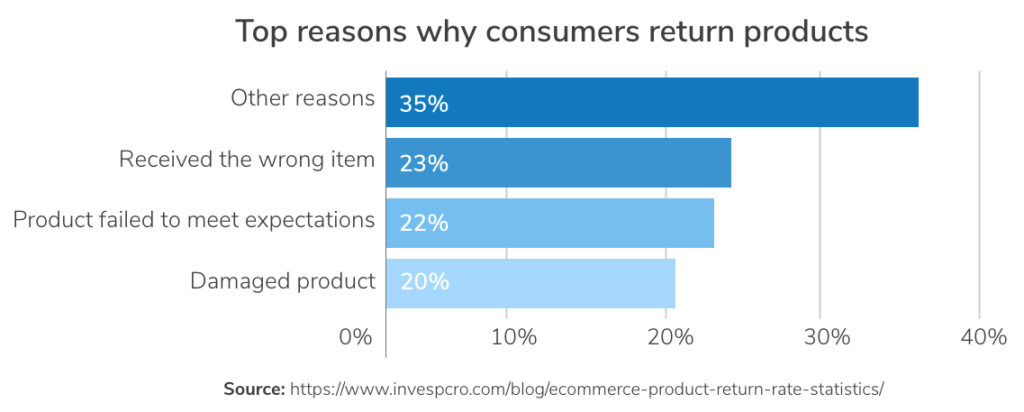
Naturally, upgrading your store UX to limit returns is key, so include accurate, optimized product displays and size guides, and leverage customer reviews.
However, in today’s market, this is not enough. Being able to personalize your customer support at all touchpoints on your shoppers’ journey is vital. The best way to help you upgrade your support is ensuring that you:
- Offer support on every channel on the journey, ensuring you are accessible wherever your customers are at that moment.
- Engage with your customers and followers with high-value (low sale) social, blog, or video content that adds value.
- Address your shoppers by their names.
- Keep tabs on and reward your most loyal customers with personalized incentives.
- Use a personalized support strategy (leveraging customer data) instead of a one-size-fits-all approach with standardized answers.
eCommerce Fashion Challenge #4: Upgrading Marketing Strategies for Highly Competitive Markets
With the increased saturation and competition that comes with the online apparel industry’s 2021 trends and growth, your old marketing strategy will probably just not cut it, especially if you want to not only keep your hold on your market but also expand it.
This means apparel brands who don’t adapt their eCommerce marketing and digital strategy will find dominating very challenging.
So how do you upgrade your eCommerce fashion brand marketing strategy to ensure you are able to remain competitive and scale your clothing store? You will want to follow these steps:
- Stay on top of trends and upcoming seasons and be ready to adapt.
- Define your goals based on the correct data.
- Review and refine your PPC channel strategy.
- Set your brand up for advanced data tracking.
- Commit to constant real-time measuring, tweaking, and optimizing to boost results, or opt for Traffic Booster to do it for you.
You can read about upgrading your eCommerce marketing strategy in more detail here.
—
Conclusion
As you can see, when it comes to online apparel industry trends and growth, the only thing that’s certain is that nothing is certain. Overall, you can expect another year of moving towards more sustainable fashion, with brands competing directly to win over their customers with loyalty programs and social causes.
New to clothing eCommerce? Head over to our two beginner guides:
- Start a Successful Online Clothing Business in 7 Steps [2020]
- How to Scale an Online Clothing Business in 12 Steps
Need help creating an optimized marketing and PPC strategy for your eCommerce fashion brand? Post your questions in the comments section below, or click here to find out more about eCommerce advertising powered by AI.

Nicole Blanckenberg
Nicole is a content writer at StoreYa with over sixteen years experience and flair for storytelling. She runs on a healthy dose of caffeine and enthusiasm. When she’s not researching the next content trend or creating informative small business content, she’s an avid beachgoer, coffee shop junkie and hangs out on LinkedIn.
Comments
comments
Powered by Facebook Comments


